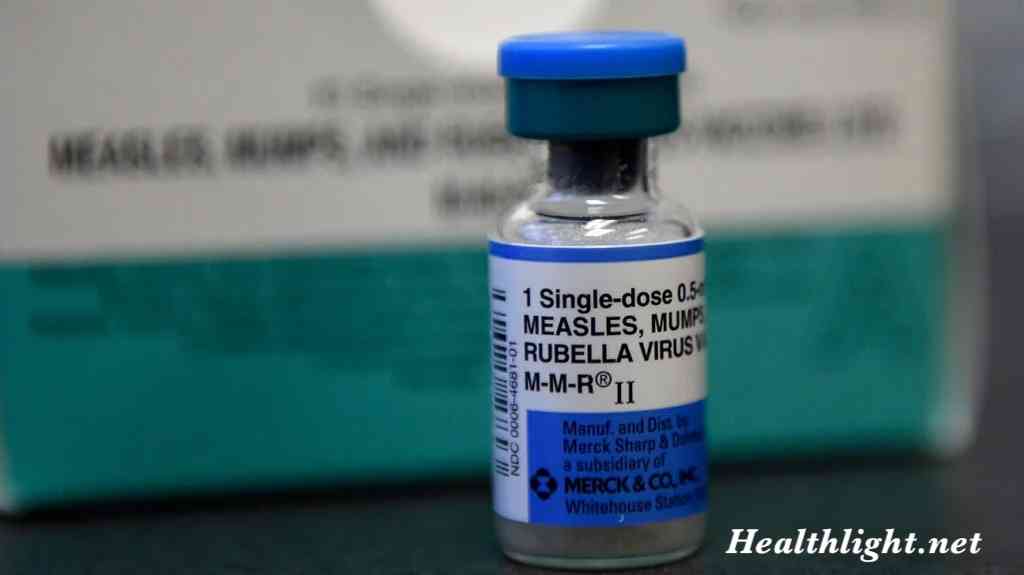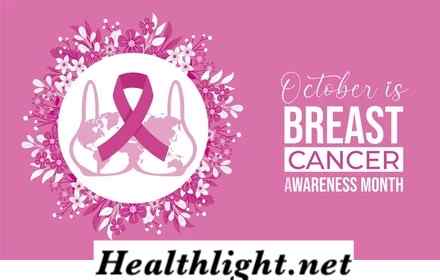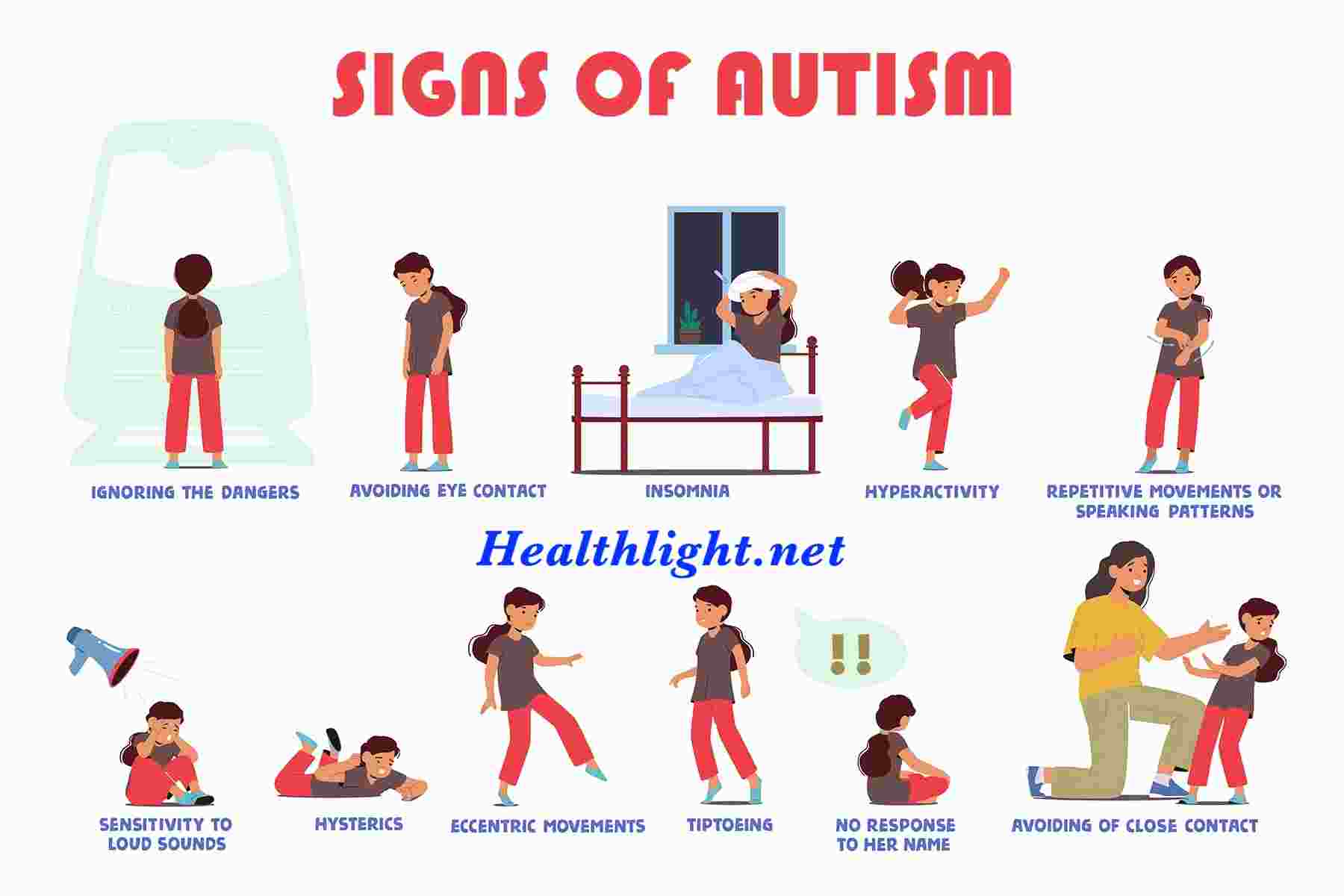Vaccines are one of the greatest achievements in modern medicine, saving millions of lives every year. Among the most important vaccines for children is the MMRV Vaccine, which protects against measles, mumps, rubella, and varicella (chickenpox). Instead of giving separate shots for these diseases, doctors can use a single injection that covers all four. This makes the process easier for parents and children, while still ensuring strong and lasting protection.
In this article, we’ll explain everything you need to know about the MMRV vaccine, including what it is, why it matters, when children should get it, how effective it is, possible side effects, and frequently asked questions. By the end, you will have a clear understanding of why this vaccine is essential for your child’s health.
What Is the MMRV Vaccine?
The MMRV vaccine is a combination immunization designed to protect children against four different diseases like measles, mumps, rubella, and varicella. Measles is a highly contagious viral illness that causes fever, cough, runny nose, and a widespread rash. It can sometimes lead to serious complications like pneumonia or brain inflammation. Mumps is another viral infection that often causes swollen cheeks and jaw due to inflammation of the salivary glands. While usually mild, it can sometimes result in complications such as hearing loss or, in rare cases, infertility. Rubella, commonly called German measles, is usually a mild illness with fever and rash, but it is very dangerous during pregnancy, as it can cause severe birth defects. Finally, varicella, more commonly known as chickenpox, causes an itchy rash, fever, and fatigue. While often mild in children, it can sometimes lead to skin infections, pneumonia, or more serious problems.
Instead of giving two separate vaccines, one for measles-mumps-rubella (MMR) and another for chickenpox, the MMRV vaccine combines them into a single shot. This approach simplifies the vaccination process, reduces the number of injections, and makes it easier for families to stay on schedule.
Why Is the MMRV Vaccine Important?
Before vaccines were introduced, these four diseases were extremely common in childhood. Almost every child developed chickenpox, while outbreaks of measles, mumps, and rubella spread quickly through schools and communities. These illnesses not only caused discomfort but also led to serious complications, hospitalizations, and even deaths.
Thanks to vaccines, the rates of these diseases have dropped dramatically. Measles deaths worldwide have fallen by more than 80 percent since the year 2000, and rubella has been eliminated in many countries. Chickenpox, once considered an unavoidable childhood illness, is now rare in places where vaccination is widespread.
The importance of the MMRV vaccine goes beyond protecting individual children. It also prevents outbreaks, reduces the spread of disease in schools and communities, and protects vulnerable people such as babies who are too young to be vaccinated, pregnant women, and individuals with weakened immune systems. Vaccinating children with MMRV helps maintain herd immunity, ensuring that entire communities are safer.
Recommended Schedule:
The MMRV vaccine is recommended for children between the ages of 12 months and 12 years. The standard schedule involves two doses. The first dose should be given when the child is between 12 and 15 months old. The second dose is usually given between the ages of 4 and 6, often just before a child starts school.
Both doses are necessary for full protection. If a child has already received separate MMR and chickenpox vaccines, they do not need the MMRV vaccine as an additional dose. If a child misses a scheduled dose, doctors can provide catch-up vaccinations to make sure the child is still fully protected before starting school.
Who Should Not Receive the Vaccine?
While the MMRV vaccine is safe for most children, there are certain situations where it may not be recommended. Children who have had a severe allergic reaction to a previous dose or to any of the vaccine’s ingredients should not receive it. Children with weakened immune systems, such as those undergoing cancer treatment or living with HIV, may also need to avoid it. Pregnant women should wait until after giving birth to be vaccinated. Additionally, children who have recently received blood transfusions or certain immune treatments may need to delay vaccination.
A pediatrician will carefully review a child’s medical history to determine whether the MMRV vaccine is appropriate.
Effectiveness of the MMRV Vaccine:
The MMRV vaccine is highly effective at preventing the four diseases it targets. Studies show that after two doses, the vaccine is about 97 percent effective at preventing measles, 88 percent effective for mumps, 97 percent effective for rubella, and about 90 percent effective for chickenpox. In cases where vaccinated children still contract chickenpox, the illness is usually much milder and less likely to cause complications.
This high level of effectiveness makes the MMRV vaccine one of the most reliable and important tools in childhood immunization.
Possible Side Effects:
Most children tolerate the MMRV vaccine without any serious problems. Common side effects are mild and temporary, including redness or swelling at the injection site, a low fever, a mild rash, or general tiredness. These usually go away on their own within a few days.
There are rare but more serious side effects to be aware of. Some children may experience febrile seizures, which are convulsions triggered by fever. These occur in about one out of every 3,000 to 4,000 children, usually when the first dose is given between 12 and 23 months. While this sounds alarming, febrile seizures are typically harmless and do not lead to long-term problems. Very rarely, children may have severe allergic reactions, but these are extremely uncommon.
Doctors carefully monitor children after vaccination to make sure they are safe, and the benefits of protection from these diseases far outweigh the risks of side effects.
MMRV or Separate MMR and Chickenpox Shots:
Parents sometimes wonder whether to choose the combined MMRV vaccine or separate shots for MMR and chickenpox. Each option has advantages. The MMRV vaccine is more convenient because it means one injection instead of two, reducing stress for both children and parents. On the other hand, separate MMR and chickenpox vaccines may slightly reduce the risk of febrile seizures in very young children.
Health experts generally recommend either option for the first dose given at 12 to 15 months, while the MMRV vaccine is often preferred for the second dose at 4 to 6 years, since the risk of seizures is lower at that age.
Safety and Research:
The MMRV vaccine has been extensively studied and monitored. Organizations such as the Centers for Disease Control and Prevention (CDC), the World Health Organization (WHO), and the American Academy of Pediatrics (AAP) all recommend its use. Millions of doses have been safely given worldwide.
It is important to note that the vaccine does not cause autism. This false claim has been thoroughly debunked by scientific research. Studies consistently show that the MMRV vaccine is safe and effective, providing long-term protection for children.
Global Impact:
The introduction of combination vaccines like MMRV has made a huge difference worldwide. In addition to reducing deaths from measles, vaccination programs have eliminated rubella in many regions and dramatically lowered the number of chickenpox cases. Hospitalizations and complications from these diseases are now rare in countries with strong vaccination coverage.
The global impact of the MMRV vaccine shows how important it is to keep vaccination rates high. Communities with lower coverage sometimes see outbreaks return, reminding us that these illnesses can spread quickly if children go unvaccinated.
Preparing Your Child for Vaccination:
Parents can help make the vaccination process easier for their children. Talking calmly about what to expect can reduce fear. Bringing a favorite toy, blanket, or snack may also provide comfort. After vaccination, some children may experience mild discomfort, so offering rest, fluids, and extra reassurance can help. Parents should also keep vaccination records up to date, as schools often require proof of immunization.
Conclusion:
The MMRV Vaccine is one of the most effective and convenient ways to protect children from four serious diseases. It is safe, reliable, and provides long-lasting immunity with just two doses. By following the recommended schedule and consulting with your pediatrician, you are giving your child strong protection and helping keep your community healthy.
In 2025 and beyond, vaccines like MMRV continue to play a critical role in preventing outbreaks, saving lives, and ensuring a healthier future for children worldwide.







